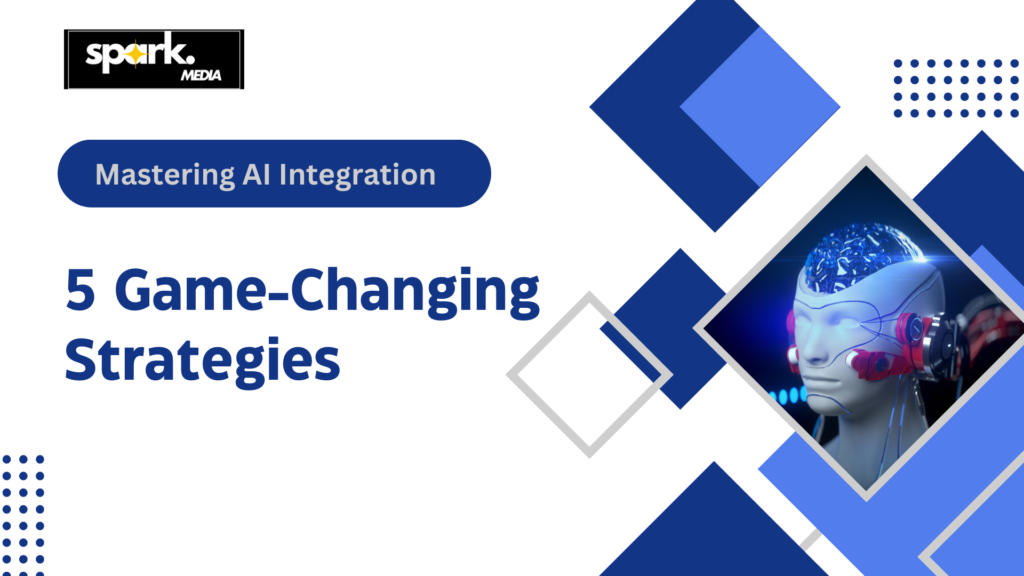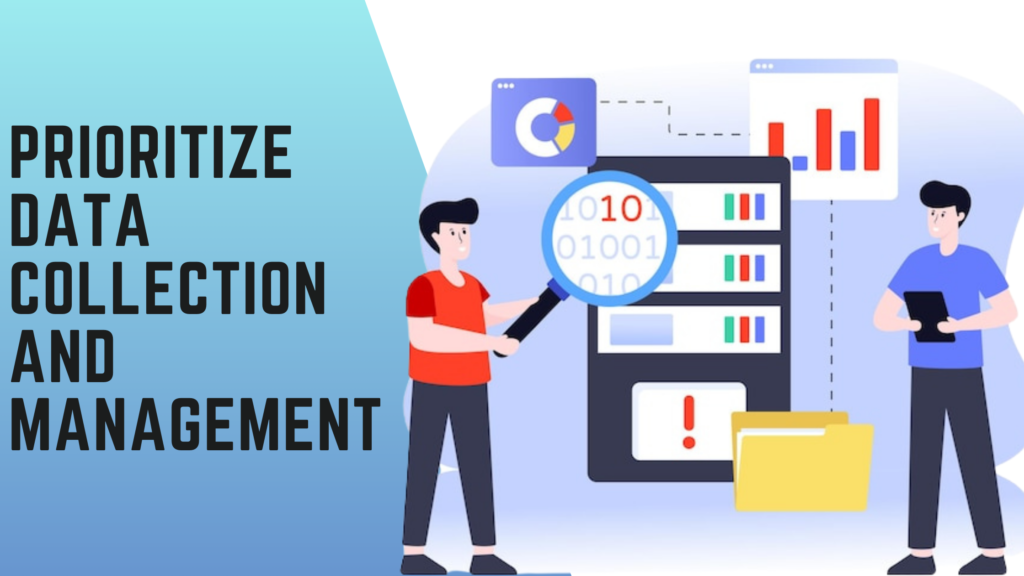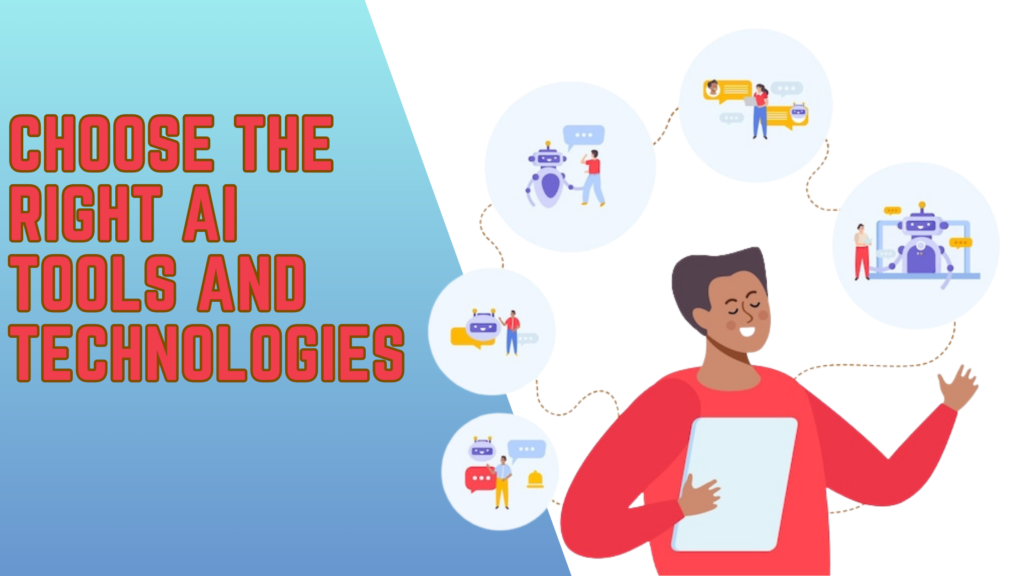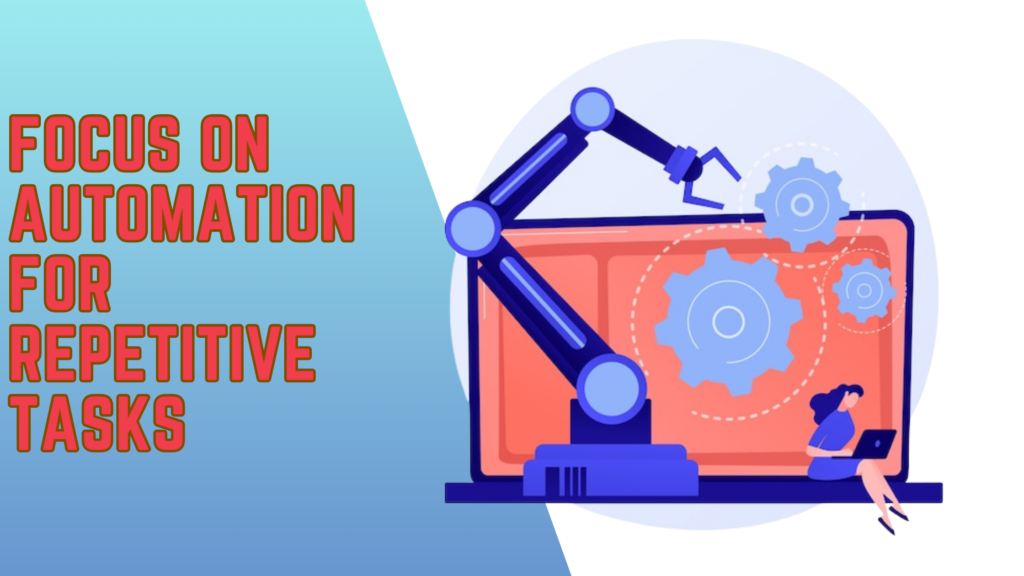Mastering AI Integration: 5 Game-Changing Strategies That Will Elevate Your Operations
In today’s fast-paced digital era, businesses that embrace AI integration gain a significant advantage over competitors. Integrating artificial intelligence into operations can enhance efficiency, reduce costs, and offer valuable insights for decision-making. However, successful artificial intelligence integration isn’t just about implementing new technologies; it’s about strategically embedding AI tools and processes that complement your unique workflows.
Whether you’re a startup exploring AI for the first time or an established company ready to advance, these five strategies will guide you toward optimizing artificial intelligence systems integration in your business operations.

1. Identify Operational Needs and Define AI Goals
Before diving into any new AI project, understanding your organization’s specific needs and establishing clear AI goals is essential. The effectiveness of artificial intelligence integration depends on how well it aligns with the objectives you aim to achieve. Start by assessing current pain points in your operations, from customer service inefficiencies to slow production timelines.

Key Steps to Define AI Goals:
- Conduct a thorough analysis of processes that are time-consuming or prone to human error.
- Engage with stakeholders to understand key priorities.
- Define measurable outcomes for the AI integration, such as a specific percentage in cost reduction or a quantifiable improvement in customer satisfaction.
Example: A retail company might use AI to improve inventory management by integrating predictive analytics, leading to a 30% reduction in overstock and understock situations.
2. Prioritize Data Collection and Management

Data is the foundation of any successful AI integration strategy. Without clean, relevant, and well-organized data, your AI models may produce skewed results or miss out on potential insights. Establishing a structured approach to data collection and management is vital for enhancing the effectiveness of artificial intelligence systems integration.
Steps for Effective Data Management:
- Identify key data sources, both internal (e.g., sales, customer service) and external (e.g., social media, market trends).
- Use data-cleaning tools to remove duplicates and inconsistencies, ensuring the information fed into AI models is accurate.
- Implement robust data governance policies to ensure data quality and security compliance, especially for industries handling sensitive information.
Example: A healthcare provider might implement an AI-powered patient data system, allowing for quick and precise retrieval of patient histories, improving the accuracy of diagnosis and personalized treatment plans.
3. Choose the Right AI Tools and Technologies

With a clear understanding of your goals and data structure, the next step is selecting the right AI tools and platforms. The success of artificial intelligence systems integration largely depends on choosing AI technologies that align with your company’s needs, budget, and technical capabilities. Consider collaborating with an AI code Assistant its AI solutions provider or employing in-house experts to guide this process.
Factors to Consider When Choosing AI Tools:
- Compatibility: Ensure that AI solutions can integrate seamlessly with your existing systems.
- Scalability: Opt for AI technologies that can grow with your business.
- User-Friendliness: Prioritize platforms with user-friendly interfaces, especially if team members have limited technical knowledge.
Popular AI Tools: Many businesses use platforms like IBM Watson, Google AI, and Microsoft Azure AI for their versatility and compatibility with existing software.
Example: An e-commerce business might integrate IBM Watson for customer support, using its AI-powered chatbot to handle inquiries efficiently and improve customer satisfaction.
4. Focus on Automation for Repetitive Tasks

One of the primary advantages of AI integration is the ability to automate routine tasks, freeing up your workforce to focus on more strategic initiatives. Automation can range from streamlining administrative tasks to improving production workflows.
Automation Opportunities in AI Integration:
- Customer Support: AI-powered chatbots can handle frequently asked questions, while complex inquiries are directed to human agents.
- Marketing: AI can automate personalized email campaigns based on customer behavior, increasing engagement rates.
- Supply Chain Management: Predictive analytics can assist in inventory control, reducing waste and optimizing stock levels.
Example: A manufacturing company could use AI to monitor equipment and predict maintenance needs, preventing costly downtimes and extending equipment life.
By incorporating AI-based automation in these areas, companies can improve efficiency, lower operational costs, and offer a better customer experience.
5. Develop a Culture of Continuous Learning and Adaptation

AI technology evolves rapidly, meaning your artificial intelligence integration should also be flexible and adaptive. Foster a culture within your organization that values ongoing learning and training to stay updated with the latest advancements in AI. Encourage employees to embrace AI tools as valuable resources rather than competitors to their roles.
Steps for Building an AI-Friendly Culture:
- Offer workshops and training sessions for employees to familiarize themselves with new AI tools.
- Establish cross-functional AI teams that collaborate on AI-driven projects and bring unique perspectives from different departments.
- Celebrate successes and learn from failures to refine AI integration efforts continually.
Example: A logistics company that initially struggled with its AI-driven route optimization software might adapt by providing additional training for dispatch teams, leading to more effective route planning and significant fuel savings.
Conclusion: Embrace the Future with AI Integration
Implementing AI integration is no longer just an option but a necessity for businesses looking to stay competitive and efficient in today’s marketplace. By following these five strategies—defining AI goals, prioritizing data management, selecting the right tools, automating repetitive tasks, and cultivating a learning culture—your organization can make the most of artificial intelligence systems integration.
Start with small-scale projects to understand the potential of AI, and gradually expand its use across your operations. With thoughtful implementation, AI will not only elevate your business operations but also open doors to new opportunities for innovation and growth.
FAQs:
AI integration involves embedding artificial intelligence tools and systems into a company’s existing workflows to enhance operational efficiency, reduce costs, and provide valuable insights. It’s important because it helps businesses automate repetitive tasks, improve data-driven decision-making, and stay competitive in an increasingly technology-driven marketplace.
Successful AI integration generally involves these steps:
- Identifying operational needs and setting clear AI goals.
- Organizing and managing high-quality data for AI models.
- Choosing the right AI tools that align with your business goals.
- Automating repetitive tasks to free up resources for strategic work.
- Cultivating a culture of continuous learning to adapt to evolving AI technologies.
AI integration into business management transforms how companies operate by optimizing decision-making, enhancing efficiency, and enabling more personalized customer experiences.
To keep your AI strategy adaptable, it’s essential to create a culture of continuous learning. This includes offering regular training for employees, staying informed on AI advancements, and being open to updating or replacing tools as needed. Flexibility in your AI approach allows your business to evolve alongside new technologies.
While hiring AI specialists can be helpful, it’s not always necessary for every business. Many AI tools are designed with user-friendly interfaces and require minimal technical expertise. For companies new to AI, consulting with an AI solutions provider for initial setup and training is a practical approach. Larger organizations with more complex needs may benefit from building an in-house AI team.
